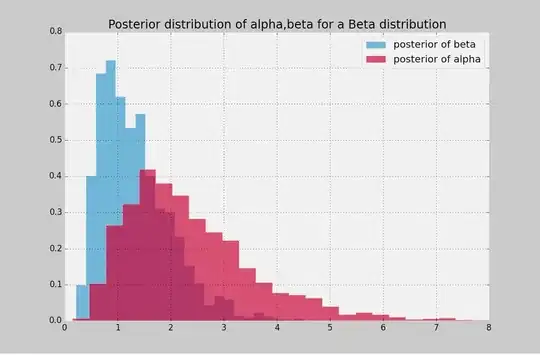Recently, I have been reading about voting paradoxes, more specifically the Condorcet paradox which states that there is no majority will. With other words, it may be difficult to aggregate individual preferences into a societal preference.
For example, let's assume we have a very simple society with 3 policy options A, B and C. We also have 3 voters who individually order the policy options from the one they like the most to the policy they like the least.
Voter 1: A>B>C Voter 2: B>C>A Voter 3: C>A>B
We can see there is no clear winner (the preferences are not transitive). Voter 1 and 3 say that A>B. Voter 1 and 2 feel that B>C. Voter 2 and 3 say that C>A. We get that A>B>C>A - no clear winner.
A similar situation can arise with 4 options.
Wile doing my own research I stumbled across some papers which mathematically analyzed the phenomenon and they came up with a table of probabilities of the Condorcet paradox occurring, using Monte Carlo simulations.
For =3 voters with 4 choices Prob(m=4)=0.11 , Prob(m=5)=0.16 , Prob(m=6)=0.205
For 5 voters Prob(m=4)=0.14 , Prob(m=5)=0.20 , Prob(m=6)=0.257
For 7 voters Prob(m=4)=0.15 , Prob(m=5)=0.22 , Prob(m=6)=0.27
The papers make it sound like this simulation is very easy but they do not provide any code. However, I am curious and would like to replicate the results, and play around with the number of voters and choices. I tried reading through some textbooks and guides but none of them explained to me how to approach a problem like this using Monte Carlo simulations, and any solutions or ideas would be greatly appreciated.
